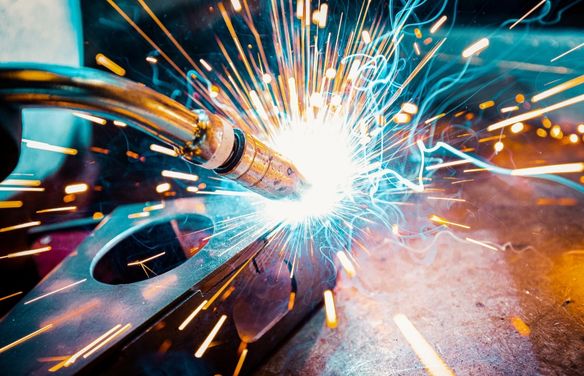Common Welding Techniques Used in Manufacturing

Welding is an essential practice in manufacturing. Industries ranging from automotive to construction rely on welding to fuse metal together for fabrication projects.
The methods used to weld parts can significantly impact the end product. These are some of the most common welding techniques used in manufacturing.
Stick Welding
Traditional arc welding uses a filler to join metals together by heating them to a high temperature with an electric arc. Stick welders employ a metal stick or rod to add flux to the target area. When the metal rod, or electrode, is joined with the base material, they form what’s called a weld pool.
Stick welding is perfect for a wide variety of manufacturing projects. This approach is convenient because it works on many different types of metals and doesn’t require specialized equipment. It’s also reasonably simple to learn, making it great for beginners.
MIG Welding
Another form of arc welding, metal inert gas (MIG) welding, uses a wire fed through a specialized device to join the metal. The device also uses an inert gas to remove unwanted elements from the weld pool, making it a much cleaner process.
The biggest strength of MIG welding is that one can use it to join metals with different properties. It’s also more efficient, reducing splatter and loss of alloy. The downside is that a MIG welder is more expensive than a simple stick welder.
Laser Welding
For those who want something more versatile, a laser welder joins materials much faster, resulting in a higher-quality weld. Laser welding is generally considered more reliable than arc welding and is often used for joining metals with unique properties, such as stainless steel, carbon steel, and titanium.
It’s hard to beat a laser welder’s precision, but it really depends on what you’re trying to do. Learning about the difference between laser welding and arc welding will give you an idea of which is best for your manufacturing needs.
Use the Technique that Works for You
The most common welding techniques used in manufacturing today offer something for everyone. The best solution for you will depend on your budget, the available material, and expectations for the end product.
Take the time to consider your circumstances so you can invest in the necessary supplies and staffing.





